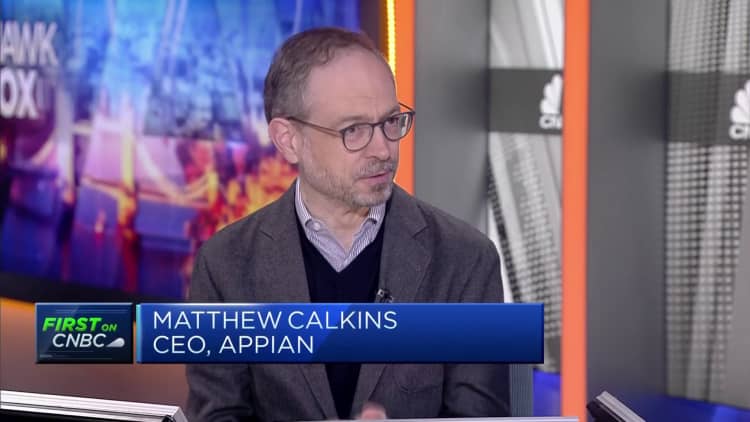Here’s what it means for U.S. tech firms
The European Union’s landmark artificial intelligence law officially enters into force Thursday — and it means tough changes for American technology giants.
The AI Act, a landmark rule that aims to govern the way companies develop, use and apply AI, was given final approval by EU member states, lawmakers, and the European Commission — the executive body of the EU — in May.
CNBC has run through all you need to know about the AI Act — and how it will affect the biggest global technology companies.
What is the AI Act?
The AI Act is a piece of EU legislation governing artificial intelligence. First proposed by the European Commission in 2020, the law aims to address the negative impacts of AI.
It will primarily target large U.S. technology companies, which are currently the primary builders and developers of the most advanced AI systems.
However, plenty other businesses will come under the scope of the rules — even non-tech firms.
The regulation sets out a comprehensive and harmonized regulatory framework for AI across the EU, applying a risk-based approach to regulating the technology.
Tanguy Van Overstraeten, head of law firm Linklaters’ technology, media and technology practice in Brussels, said the EU AI Act is “the first of its kind in the world.”
“It is likely to impact many businesses, especially those developing AI systems but also those deploying or merely using them in certain circumstances.”
The legislation applies a risk-based approach to regulating AI which means that different applications of the technology are regulated differently depending on the level of risk they pose to society.
For AI applications deemed to be “high-risk,” for example, strict obligations will be introduced under the AI Act. Such obligations include adequate risk assessment and mitigation systems, high-quality training datasets to minimize the risk of bias, routine logging of activity, and mandatory sharing of detailed documentation on models with authorities to assess compliance.

Examples of high-risk AI systems include autonomous vehicles, medical devices, loan decisioning systems, educational scoring, and remote biometric identification systems.
The law also imposes a blanket ban on any applications of AI deemed “unacceptable” in terms of their risk level.
Unacceptable-risk AI applications include “social scoring” systems that rank citizens based on aggregation and analysis of their data, predictive policing, and the use of emotional recognition technology in the workplace or schools.
What does it mean for U.S. tech firms?
U.S. giants like Microsoft, Google, Amazon, Apple, and Meta have been aggressively partnering with and investing billions of dollars into companies they think can lead in artificial intelligence amid a global frenzy around the technology.
Cloud platforms such as Microsoft Azure, Amazon Web Services and Google Cloud are also key to supporting AI development, given the huge computing infrastructure needed to train and run AI models.
In this…
Read More: Here’s what it means for U.S. tech firms
